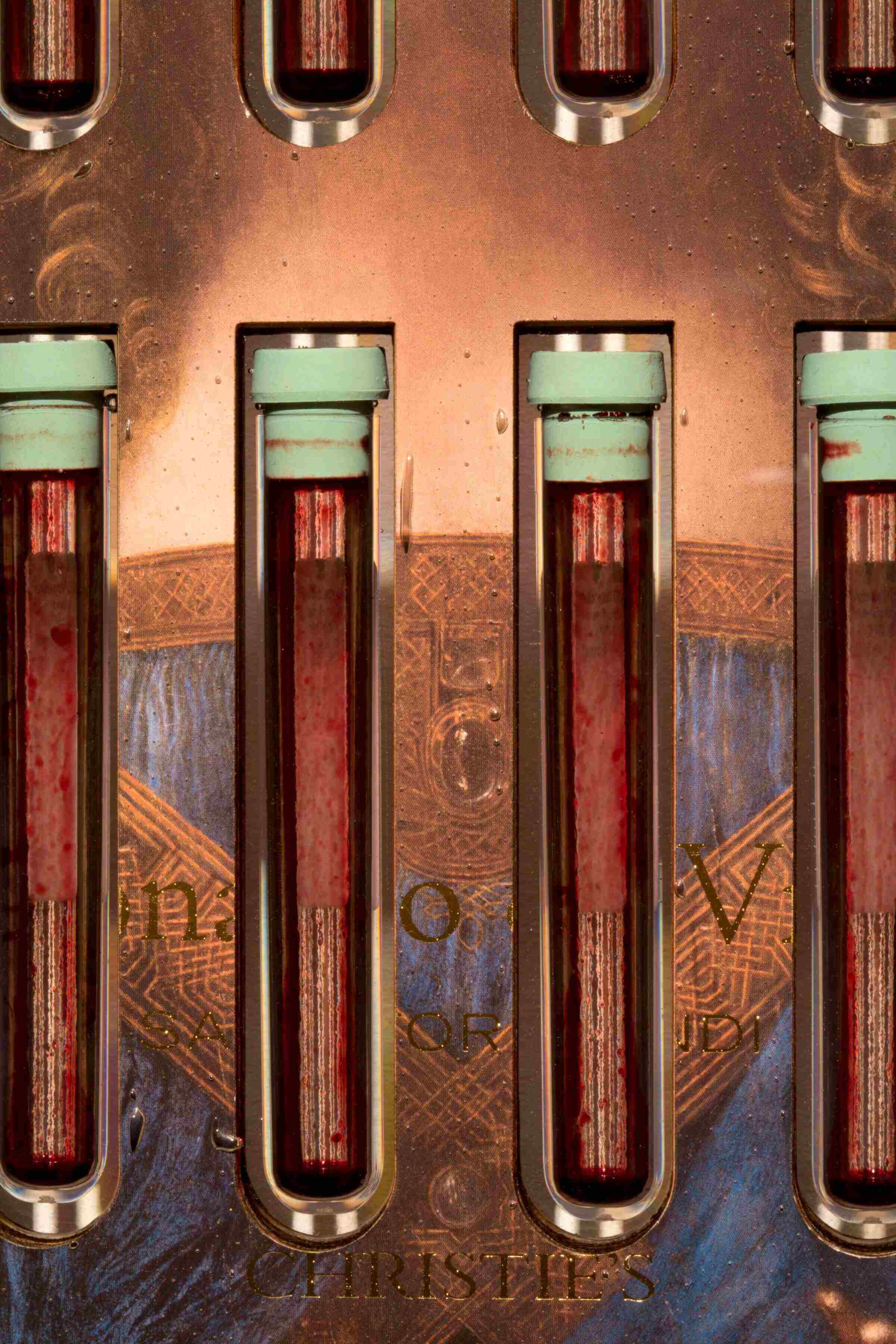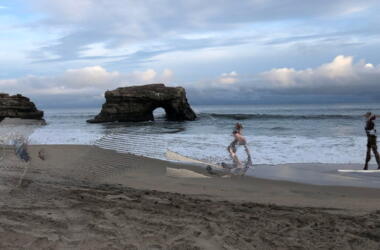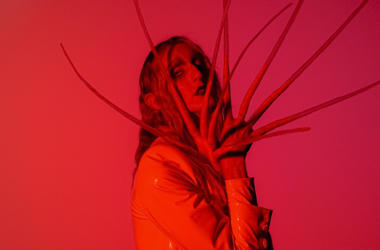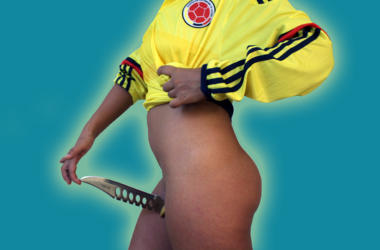
Author
Gonzalo CasalsImage
Jordan Eagles, Jesus, Christie’s (detail), 2018, Christie’s sale catalog, medical tubes, needles, and
blood; plexiglass and UV resin. Courtesy of the artist.
PAST
JORDAN EAGLES: Jesus, Christie’s
Jun 06, 2019 - Jul 21, 2019
On November 15, 2017, a painting attributed to Renaissance master Leonardo da Vinci, depicting Salvator Mundi—Jesus Christ as “Savior of the World”—sold for $450,300,000 at Christie’s New York, making it the most expensive artwork in history. For New York City-based artist Jordan Eagles, the sale of Salvator Mundi constitutes a point of departure for asking how we, as a society, value objects over human life.
Jesus, Christie’s features an original copy of the Christie’s Salvator Mundi sale catalog, laser-cut to accommodate twelve medical tubes that were used for collecting the blood of an HIV+ undetectable long-term survivor and activist. Catalog, tubes, needles and residual blood are encased in high-polished resin, mirroring the dimensions of the sold painting to forge a modern-day reliquary.
In creating Jesus, Christie’s, Eagles has considered Jesus as history’s greatest blood donor, following the Christian theological stance that he shed his blood for the deliverance of humankind. The work forces us to question whether Jesus would have wanted $450 million to be spent on a painting of his likeness, or instead dedicated to scientific and medical advancement that could help save lives and alleviate illness.
(Text excerpt from Michael Chagnon, Ph.D.)
Related

PAST
Chitra Ganesh: A city will share her secrets if you know how to ask
Oct 18, 2020 - Jun 01, 2022
more
PAST
DARK RIDE: A Nocturnal Journey into the World of Erotic Desire
May 08, 2007 - Jun 30, 2007
more
PAST
SELDOM SEEN: Never or rarely seen works from the permanent collection
Nov 17, 2009 - Jan 23, 2010
more
PAST
LESBIANS SEEING LESBIANS: Building Community in Early Feminist Photography
Sep 14, 2011 - Dec 22, 2011
more
PAST
QUEERS IN EXILE: the Unforgotten Legacies of LGBTQ Homeless Youth
Jul 17, 2013 - Jul 28, 2013
more
PAST
Nude In Public: Sascha Schneider: Homoeroticism and the Male Form circa 1900
Sep 20, 2013 - Dec 08, 2013
more
PAST
INTERFACE: Queer Artists Forming Communities through Social Media
May 15, 2015 - Aug 02, 2015
more
PAST
MEDIUM OF DESIRE: An International Anthology of Photography and Video
Dec 18, 2016 - Mar 27, 2016
more
PAST
RUBBISH AND DREAMS: The Genderqueer Performance Art of Stephen Varble
Sep 29, 2018 - Jan 27, 2019
more
PAST
ROBERT GIARD (1939-2002) Particular Voices: Portraits of Gay & Lesbian Writers
Apr 25, 2018 - May 20, 2020
more











































































































